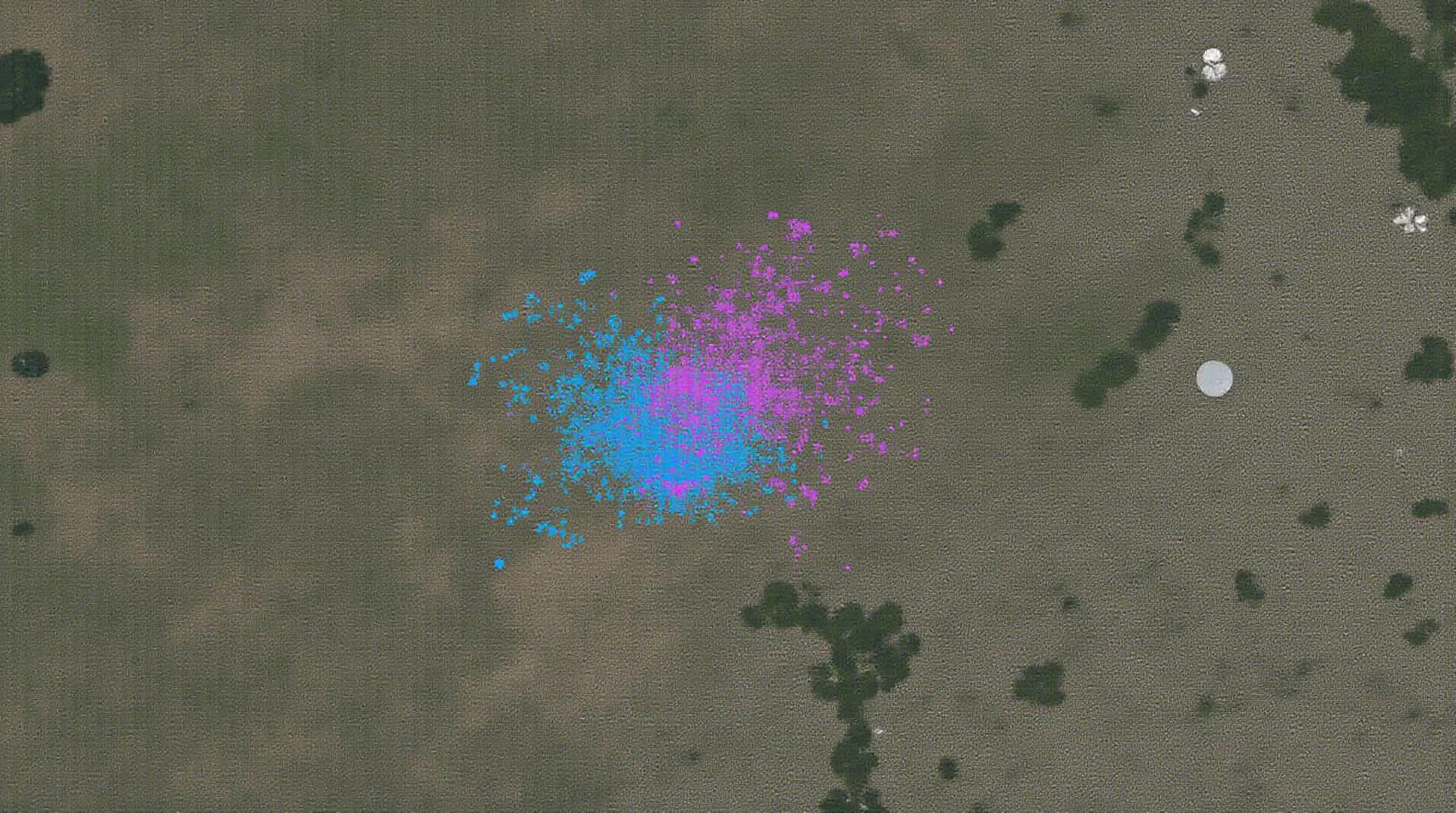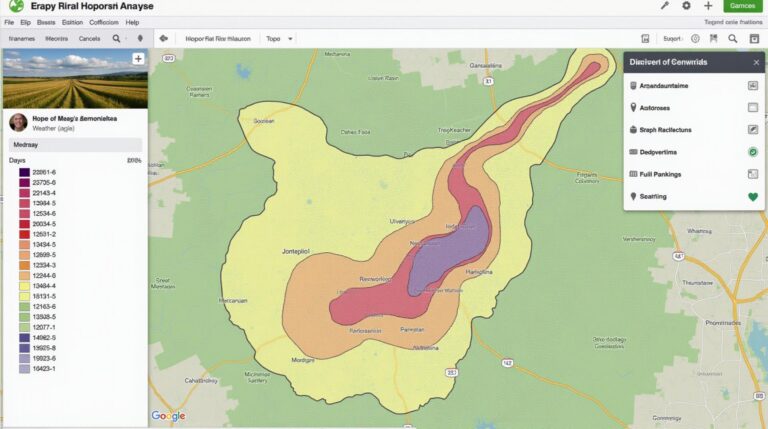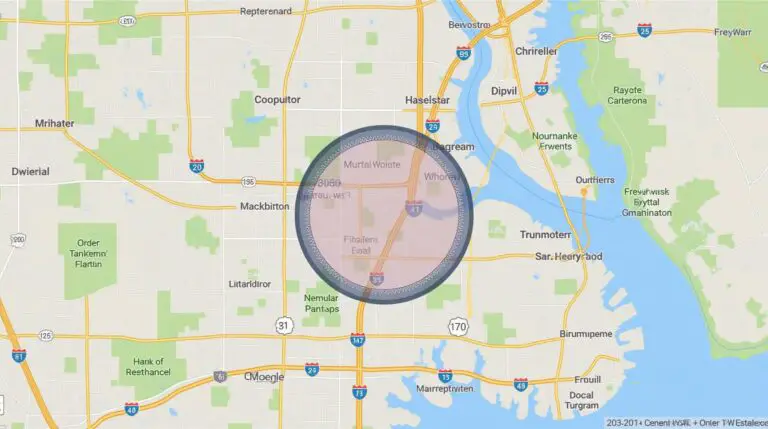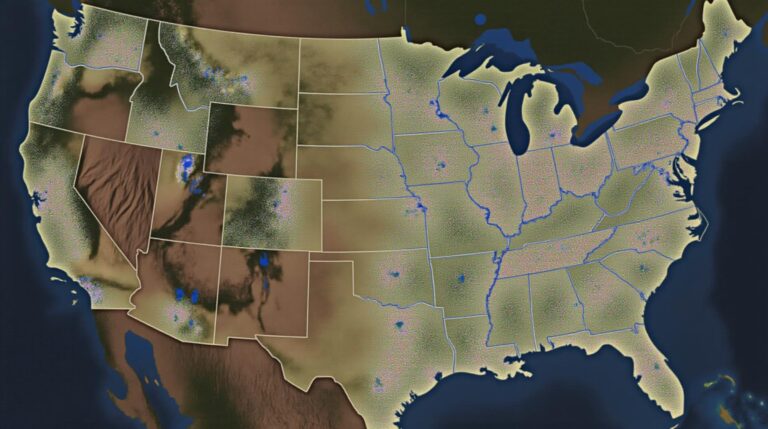AI for Geospatial Data Reconstruction – Missing Data
AI-Powered Geospatial Data Reconstruction: Mitigating the Impact of Missing Data
Missing data in geospatial datasets is a widespread challenge, significantly hindering data analysis and decision-making in fields like environmental studies, urban planning, and resource management. Fortunately, AI emerges as a promising tool for overcoming these data limitations. Machine learning algorithms are revolutionizing geospatial data reconstruction, enabling the estimation or filling-in of missing information from underlying spatial patterns and relationships.
Understanding the Challenges of Missing Geospatial Data
The frustrations encountered with missing data in geographic contexts are numerous. These missing values often manifest as:
- Incomplete coverage: Absence of observations throughout a given area.
- Temporal gaps: Missing data points at specific points in time.
- Data aggregation: The lack of sufficient datapoints to accurately reflect specific patterns.
- Spatial heterogeneity: Irregular patterns of data availability across diverse landscapes.
These data insufficiencies can lead to:
- Biased analyses and unreliable results.
- Inaccurate predictions in predictive models.
- Limited understanding of spatial phenomena.
- Inefficient resource allocation decisions.
AI Solutions for Geospatial Data Reconstruction
Artificial Intelligence offers powerful algorithms to address the challenges posed by missing data. These In demand techniques include:
- **Deep learning:** Utilizes complex neural networks, particularly suitable for high dimensional geospatial data.
- **Random forest and Gradient boosting machines:** Robust regression models capable of handling high-complexity and diverse feature representations.
Modeling with Machine Learning
Machine learning models can learn patterns and relationships within geospatial datasets, paving the way for data completion. Techniques such as:
Remote Sensing Data Integration
Remote sensing data, including satellite images, aerial photography, and LiDAR (Light Detection and Ranging) data, often fill missing areas in maps. AI algorithms can integrate this data to generate high-quality maps and cultural heritage reconstructions with reduced gaps.
Implementing AI for Geospatial Data Reconstruction: Practical Tips
Successful implementation of AI for data reconstruction necessitates a multi-faceted approach:
Data Preparation
Precise preparation and organization of geospatial data lie in the foundation of effective AI-powered reconstruction.
- Data Cleaning: Eliminate erroneous or redundant data.
- Feature Scaling: Normalize data values across diverse units for smoother model training.
- Preprocessing: Smooth rugged terrain to generate consistent pavement surfaces.
Model Selection
- Experiment with Algorithms: Evaluate different AI models based on dataset characteristics (size, complexity, and genre) to find best fit.
- Evaluate Performance: Utilize metrics such as Root Mean Squared Error (RMSE) and Mean Absolute Error (MAE) to assess the accuracy of model predictions.
Applying expertise in geospatial preoccupations is vital. Data scientists and geospatial analysts need to collaborate with each other to ensure that AI algorithms effectively address the inherent complexities of the geospatial domain.
The Future of AI in Geospatial Data Reconstruction
AI technologies are evolving rapidly, promising even more sophisticated capabilities in geospatial data reconstruction. Ongoing advancements include:
- Federated Learning: Enhancing privacy by training models on decentralized data, making it fully compliant with strict privacy regulations.
- Generative AI: Leveraging generative models, AI can create new realistic data descriptions of missing areas.
- Multimodal Data Fusion: Combining geospatial data with other data sources like weather patterns or population densities will offer deeper insights for predictive modeling.
Resources for Further Study
Exploring the vast literature in this area offers valuable insights. Consider investigating:
- Open-source libraries: TensorFlow and scikit-learn offer tools for exploring and implementing AI-driven geospatial data reconstruction.
- Research publications: Explore publications in top publications in Geographic Information Science and Remote Sensing, andGIScience to witness the most exciting advances in AI for geospatial data.
- Online courses and tutorials: Skillshare and Coursera provide courses on geospatial AI and machine learning.
With their combined potential for data augmentation, accurate modelling, and precise mapping, AI-powered techniques promise a significant advancement in reclaiming valuable geospatial knowledge.
Check similar topics:
What is geoai-missing-data?
geoai-missing-data is a comprehensive data reconstruction and visualization platform designed to analyze and prepare missing spatial data for geoAI applications. It handles the critical step of constructing suitable models that integrate data from various sources to generate complete and insightful datasets.
Is geoai-missing-data free to use?
Yes, geoai-missing-data is free to use for individuals and organizations
How can I download geoai-missing-data?
What data formats does geoai-missing-data support?
geoai-missing-data supports common geospatial data formats like Shapefiles, GeoJSON, and GeoTIFF.
I am a data scientist. What are some of the main features I would use? Are there any tutorials related to geoAI missing data?
研究人员可以从我们的网络教程中学习如何使用geoai-missing-data应用
How can I get started , what should I know before utilizing geoai-missing-data?
You need basic familiarity with geoanalytical concepts and principles.
- Consider a strong understanding of common geospatial data formats and vector vs. raster formats
What are the key benefits of using geoai-missing-data?
geoai-missing-data enables you to
* Identify and manage missing data with ease.
* Create more comprehensive and accurate geoAI models.
* Gain powerful insights from your geospatial dataset.
* Supercharge your ability to efficiently and effectively predict patterns and phenomena in the real world.
Conclusion
GeoAI-missing-data plays a crucial role in addressing the challenge of incomplete or missing geospatial data in a collaborative and accessible manner. It facilitates the critical task of generating complete datasets, specifically tailored for geoAI applications. Integrating geoai-missing-data into your workflow empowers you to unlock the full potential of spatial data analysis and gain invaluable insights.







